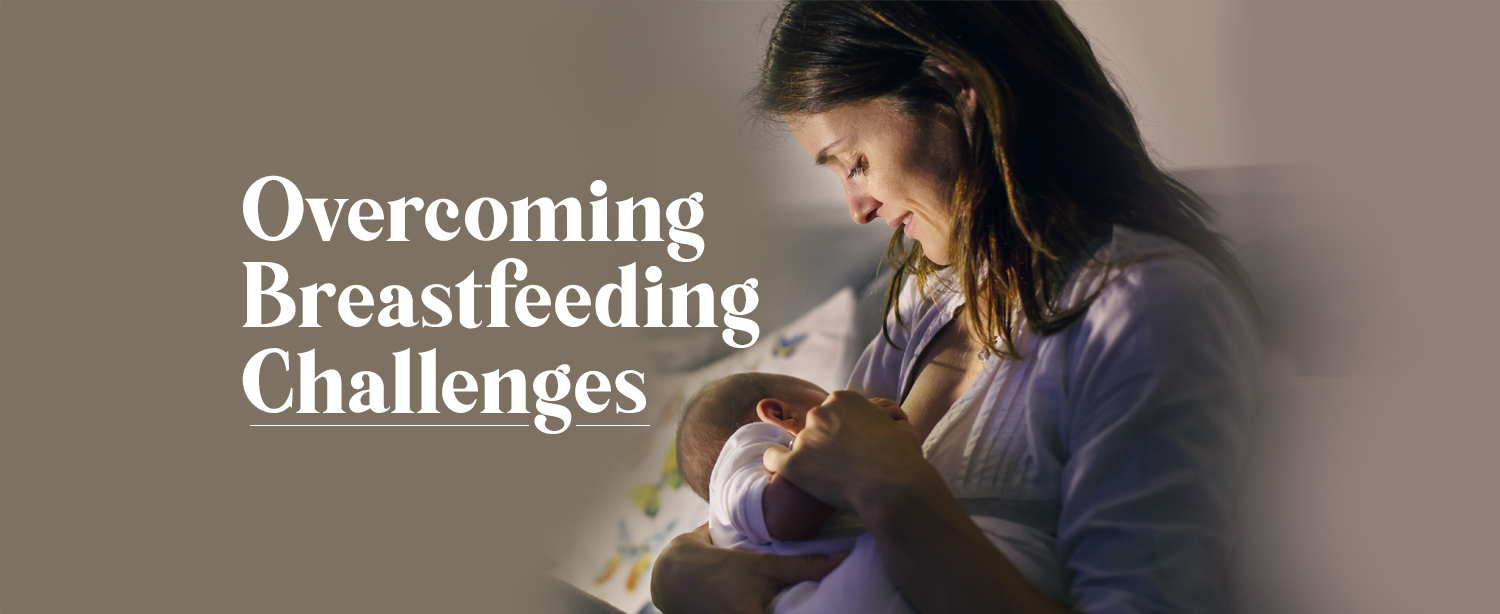Breastfeeding is a beautiful and natural way for mothers to nourish their babies, fostering a unique bond between them. However, this journey isn’t always smooth sailing. Many new moms encounter challenges that can make breastfeeding seem daunting and frustrating. A survey conducted in India in 2022 revealed that breastfeeding presents major challenges for over 83% Indian mothers. Most new moms either solicited advice from family or friends (66%) or from online videos (33%) while only 7% consulted a trained lactation expert for advice or support.
Breastfeeding is the healthiest and best way to feed your baby, however it doesn’t always come naturally to everyone. There are many problems related to breastfeeding that end in an early cessation of breastfeeding. That is why it is of great importance to seek timely medical advice in the initial nursing stage if you are struggling.
Breastfeeding is not only a healthy way to supplement your baby’s nutrition, but it can also lower the risk of some short- and long-term health problems. It contains precious antibodies that fight various diseases and infections. Additionally, it also fosters a strong bond between the mother and child, promoting brain development and emotional resiliency.
Breastfeeding Challenges and How to Deal with Them
Alongside the lack of sleep and exhaustion of having a new baby, breastfeeding has its own set of challenges. Let us explore some common challenges of breastfeeding and discuss strategies to overcome them, empowering mothers to experience the joys of successful breastfeeding.
- Latching Difficulties
One of the most common challenges new mothers face is achieving a proper latch. A poor latch can lead to sore nipples, inadequate milk transfer, and a frustrated baby. It’s crucial to ensure that the baby latches onto the breast effectively to stimulate milk production and avoid discomfort. If required, consult a lactation consultant for further assistance. - Low Milk Supply
Many mothers worry about having a low milk supply, which can be caused by various factors, such as stress, inadequate breastfeeding frequency, or medical issues. Building and maintaining a sufficient milk supply requires commitment and persistence. Techniques like frequent nursing, skin-to-skin contact, health supplements and pumping can help stimulate milk production. - Blocked Milk Duct
Clogged milk ducts feel sore and painful. If the breasts are not fully drained out, they become hard, tender with a swelling in one area of the breast. You can treat it with a warm compress, gentle massage, frequent nursing, and soaking the nipples with a saline solution. - Engorgement and Mastitis
Breast engorgement, a condition where breasts become painfully swollen with milk, and mastitis, an infection that causes redness and tenderness in the breast, are common challenges faced by breastfeeding moms. Engorgement can often be managed by frequent feeding and expressing milk. Mastitis requires prompt medical attention, including antibiotics, and rest. - Nipple Pain and Soreness
Nipple pain is another common complaint among breastfeeding mothers. In most cases, this discomfort is temporary and related to improper latching. Applying lanolin cream or breast milk to sore nipples can help alleviate the pain. Using different breastfeeding positions and seeking guidance from a lactation consultant can also make a significant difference in reducing nipple soreness.
Breastfeeding Support at Kokilaben Dhirubhai Ambani Hospital, Mumbai
Breastfeeding is an invaluable experience that fosters a deep connection between a mother and her child. It is a rewarding experience, so don’t let any challenges discourage you from continuing to nurse your baby. While it may come with its challenges, overcoming them is possible with determination, patience, and support. Remember, each breastfeeding journey is unique, and seeking help from lactation consultants, support groups, and experienced mothers can make all the difference in making this experience a rewarding and fulfilling one. Meet highly experienced lactation consultants at our Centre for Mother & Child for guidance online and offline. Please find below link for further information: https://www.kokilabenhospital.com/departments/centresofexcellence/centrefor_motherchild.html


